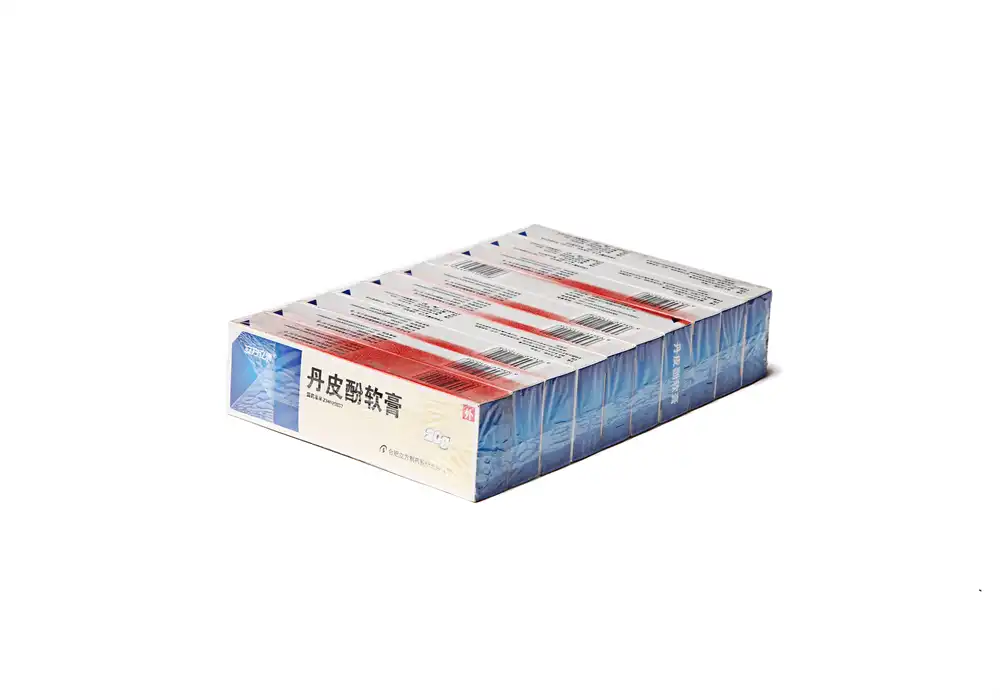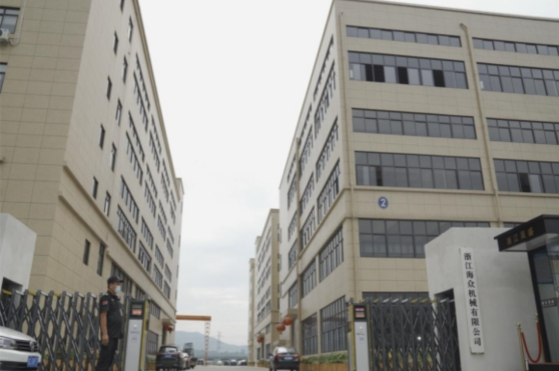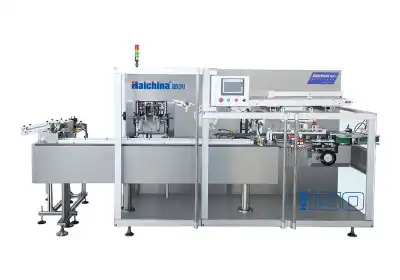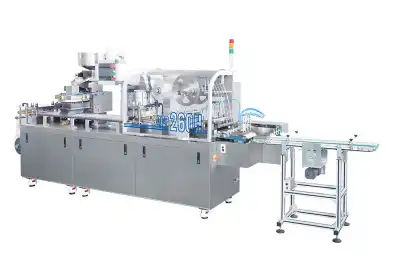Cellulose-based Overwrapping Films
Cellophane: The Classic Choice
Cellophane, derived from natural wood pulp, has long been recognized as a classic packaging material due to its biodegradability and appealing appearance. Its high transparency and glossy surface make it ideal for displaying products that rely on visual presentation, such as confectionery or baked goods. In addition to its aesthetic qualities, cellophane offers reliable barrier protection against moisture and air, helping to extend product freshness and shelf life. Its traditional use continues to resonate in industries valuing both performance and sustainability.
Regenerated Cellulose: An Eco-friendly Alternative
Regenerated cellulose films are produced from renewable raw materials and offer a biodegradable packaging solution that aligns with modern environmental goals. When used with an overwrapping machine, these films share many of the benefits of traditional cellophane, such as clarity and strength, but are often enhanced with improved moisture resistance for greater product protection. They are particularly well-suited for food packaging, organic product lines, and brands seeking to highlight their eco-conscious values while maintaining functional performance in their wrapping materials.
Cellulose Acetate: Balancing Performance and Sustainability
Cellulose acetate films deliver an appealing combination of durability, clarity, and eco-friendliness, making them suitable for both functional and luxury packaging needs. Made from renewable plant-based sources, they are strong, printable, and aesthetically pleasing. These films are often chosen for premium products such as perfumes, gourmet chocolates, and high-end gift items, where presentation matters as much as protection. Their balance of environmental responsibility and high-quality performance makes them a popular choice in upscale and brand-focused markets.
Plastic-based Overwrapping Films
Polypropylene (PP): Versatility and Durability
Polypropylene films are widely used in the packaging industry due to their versatility and excellent mechanical properties. They offer good clarity, high tensile strength, and resistance to punctures and tears. PP films are available in various thicknesses and can be easily printed on, making them suitable for a wide range of products, from food items to consumer goods.
Polyethylene (PE): Flexibility and Cost-effectiveness
Polyethylene films are known for their flexibility and cost-effectiveness. They come in different densities, including low-density polyethylene (LDPE) and high-density polyethylene (HDPE). PE films offer good moisture barrier properties and are often used for packaging fresh produce, bakery items, and industrial products. Their heat-sealable nature makes them ideal for use with overwrapping machines.
Polyvinyl Chloride (PVC): Shrink-wrap Applications
PVC films are commonly used in shrink-wrap applications due to their excellent shrinkage properties. They provide a tight, form-fitting wrap around products, enhancing their appearance and protection. PVC films offer good clarity and printability, making them suitable for packaging DVDs, software, and other consumer products where tamper-evidence is important.
Specialty Overwrapping Films
Biaxially Oriented Polypropylene (BOPP): High Performance
BOPP films are engineered by stretching polypropylene in both the machine and transverse directions, significantly improving strength, optical clarity, and dimensional stability. Their excellent moisture barrier properties help preserve product freshness, while their high tensile strength ensures durability during packaging and transport. BOPP films also offer good printability, allowing for vibrant branding and product information. Due to these qualities, they are extensively used in the food industry, particularly for packaging snack foods, confectionery, and bakery products that require visual appeal and reliable protection.
Metallized Films: Enhanced Barrier Properties
Metallized films are produced by coating a thin layer of metal, typically aluminum, onto a plastic substrate such as polypropylene or polyester. This metallization process dramatically improves the film’s resistance to moisture, oxygen, and light, making it ideal for extending product shelf life. These films also provide an attractive metallic appearance that enhances product presentation. Commonly used with overwrapping machines for coffee, nuts, powdered products, and premium snacks, metallized films help maintain flavor, aroma, and quality while adding a premium look that appeals to consumers in competitive retail environments.
Compostable Films: Sustainability Focus
Compostable films are designed to decompose under specific conditions in industrial composting facilities, offering a sustainable alternative to conventional plastics. Made from renewable resources such as plant-based polymers, they provide sufficient barrier properties for short to medium shelf-life products. These films are increasingly adopted for packaging organic foods, eco-friendly consumer goods, and single-use items like disposable tableware. By reducing the environmental footprint and aligning with growing consumer demand for sustainable packaging, compostable films help brands enhance their environmental responsibility while maintaining functional performance.
Conclusion
Selecting the appropriate overwrapping film material for your overwrapping machine is essential for optimizing packaging processes and enhancing product presentation. Each type of film offers unique properties that cater to different packaging needs. By considering factors such as product requirements, environmental impact, and cost-effectiveness, businesses can make informed decisions when choosing overwrapping film materials. As technology advances and sustainability concerns grow, we can expect to see continued innovation in this field, leading to even more efficient and eco-friendly packaging solutions.
FAQs
What factors should I consider when choosing an overwrapping film material?
Consider factors such as product protection requirements, shelf life, visual appeal, environmental impact, and compatibility with your overwrapping machine.
Are there biodegradable options for overwrapping films?
Yes, cellophane, regenerated cellulose, and compostable films offer biodegradable alternatives to traditional plastic films.
How do I determine the right thickness for my overwrapping film?
The appropriate thickness depends on your product's weight, shape, and protection needs. Consult with a packaging expert or film supplier for specific recommendations.
Expert Overwrapping Solutions | Haichina
At Haichina, we specialize in providing cutting-edge overwrapping machines and packaging solutions tailored to your specific needs. Our state-of-the-art equipment is designed to work seamlessly with various film materials, ensuring optimal performance and efficiency. As a leading manufacturer in the packaging industry, we offer comprehensive support, from material selection to machine customization. Contact our expert team at [email protected] to discover how our overwrapping solutions can elevate your packaging process.
References
Johnson, M. (2022). "Advances in Overwrapping Film Technologies for Sustainable Packaging." Journal of Packaging Science and Technology, 35(2), 112-128.
Smith, A. & Brown, L. (2021). "Comparative Analysis of Cellulose-based and Plastic-based Overwrapping Films." International Journal of Packaging Research, 18(4), 245-260.
García-López, C., et al. (2023). "Performance Evaluation of Biodegradable Overwrapping Films in Food Packaging Applications." Food Packaging and Shelf Life, 31, 100752.
Wilson, R. (2020). "The Impact of Film Material Selection on Overwrapping Machine Efficiency." Packaging Technology and Science, 33(6), 271-285.
Lee, S. & Park, J. (2022). "Sustainability Assessment of Various Overwrapping Film Materials: A Life Cycle Analysis." Journal of Cleaner Production, 330, 129751.
Thompson, E. (2021). "Innovations in Specialty Overwrapping Films for High-Value Product Protection." Packaging Engineering Review, 14(3), 178-192.





